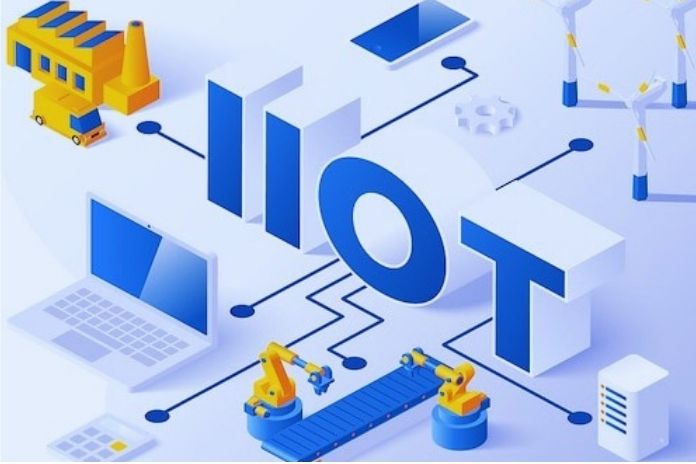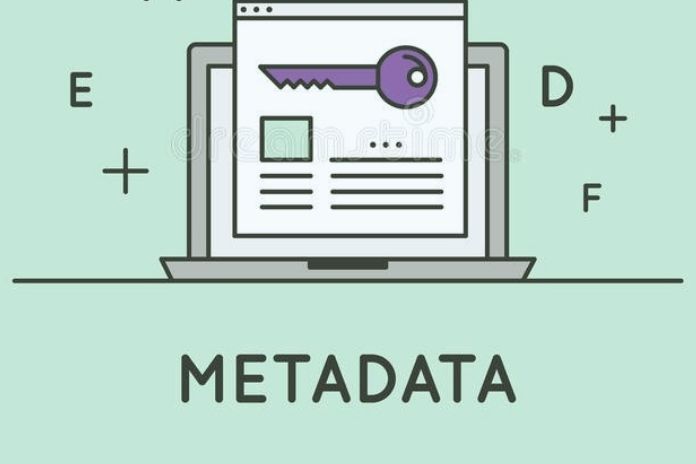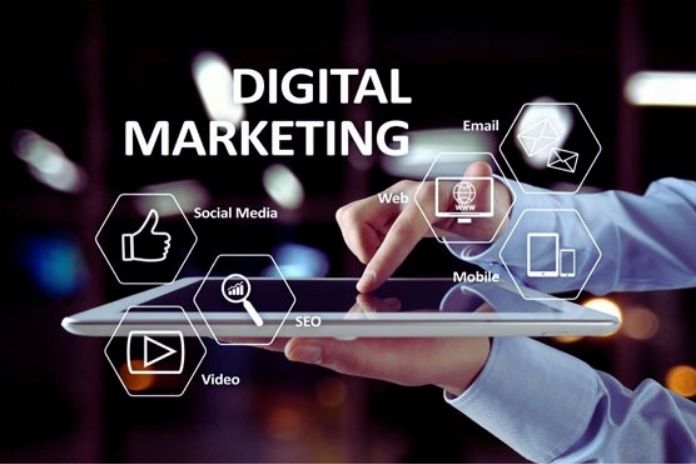The trade is constantly changing. If you want to be successful as a retailer, you have to react to new trends and developments in good time. The main focus is on digitization and the associated integration of data into the various systems. The trick is to automate the processes as much as possible and avoid manual intervention.
The Challenge In Retail: Many Systems Without A Direct Connection
Anyone who is not confronted with the processes in retail daily usually imagines entry into the world of e-commerce to be straightforward. After all, what is problematic about getting the right software for setting up an online shop from the many reasonable solutions available on the market, adding the related products, and then simply starting online trading?
Well, for smaller companies, this picture is at least partly accurate. Even if the entry has its pitfalls here too. But access is much more complex, especially with larger dealers. In most cases, the difficulty lies in the fact that many different software solutions are already in use in the company. Although these autonomously serve their purpose well, they are not automatically networked with one another.
As a result, data from third-party systems such as ERP, PIM, or CRM systems are often integrated manually into the online shop using Excel tables. The disadvantages of this manual approach are apparent:
- Valuable working time is required for this
- The data is not available in real-time
- The source of error is much higher than with automatic import
The larger and more complex the system architecture, the stronger the effects mentioned. But what options do retailers have today to meet this challenge efficiently and thus operate efficiently in contemporary e-commerce?
The Solution: A Digital Ecosystem
The expectations of customers when shopping online are very high these days. The prominent players in the industry, such as Amazon, are responsible for this. With these, everything works smoothly, from selecting the products to the delivery to the eventual return of the items. Customers therefore no longer understand if this is not the case with another retailer.
You can expect detailed information on the individual products that you see in the online shops. In addition to basic information such as size, weight, color, and price, images and, increasingly, videos also contribute to the purchase decision. In addition, they want to be recognized as customers in the online shop and expect features such as printing out a label for return shipping or an overview of the items they have purchased so far.
This information is available in some software solutions in the company, for example, in its web development for the preparation of images and videos or in a cloud-based CRM system. Still, the merging prepares those responsible for sales, marketing, and IT gray hair.
The solution is to build a digital ecosystem in which all the different information and data sources from the most varied channels can be brought together and subsequently output in real-time. Because only with automated synchronization of the data from the different systems is it possible to optimize the internal workflows and processes accordingly and thus exploit the full potential of the individual software solutions fully. So far, these ecosystems in retail have mainly been built up through the use of appropriate middleware. But now, so-called iPaaS solutions are moving more and more into the foreground.
IPaaS Enables Complex Connections With Little Effort
The abbreviation iPaaS stands for “Integration Platform as a Service” and is thus a modification of the already known SaaS (Software as a Service). State-of-the-art platforms enable data consolidation from the different systems to be set up via a simple web interface.
The software solutions in use, such as ERP, PIM, or CRM, are linked via plug & play connections or web interfaces or file transfers. Thanks to the low-code approach, even complex relationships can be implemented with minimal effort.
A significant advantage of iPaaS compared to previous middleware solutions is primarily the lack of maintenance. The operator makes necessary adjustments and updates to the software. This means that the system is always up to date. Another advantage is the scalability of iPaaS solutions. A flexible expansion is possible at any time without great effort.
iPaaS is particularly interesting for retailers who, on the one hand, want to design their sales processes themselves, but on the other hand, do not want to burden their team with the time-consuming tasks associated with it. Since critical issues such as data protection and security are in the hands of the respective iPaaS provider, the crew can concentrate fully on their core tasks.
For Automated Data Integration In Just A Few Steps
Anyone who has long been a thorn in the side of manual data consolidation in the company can change this situation very quickly. Usually, only the following six steps are required:
- Analysis of exactly where the individual data comes from, i.e., from ERP, PIM, CRM, etc.
- Clarify which structure the respective data is available, such as Excel, Edifact, SAP, etc.
- Define the desired target structure: data mapping
- Select the appropriate iPaaS solution and obtain reasonable offers
- Carry out data integration in the iPaaS solution
- Begin with the data transfer according to the set specifications for the data integration
The complexity of the current system landscape determines the period on the way to automated data integration. In austere software environments, the changeover can be accomplished within a few days. With more complex solutions, it usually takes several weeks for all systems to communicate with one another smoothly.
ALSO READ: IIoT Is Driving Industrial Innovation With 5G And Edge Computing










